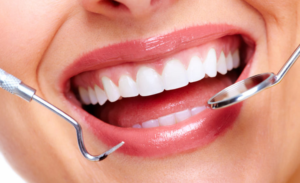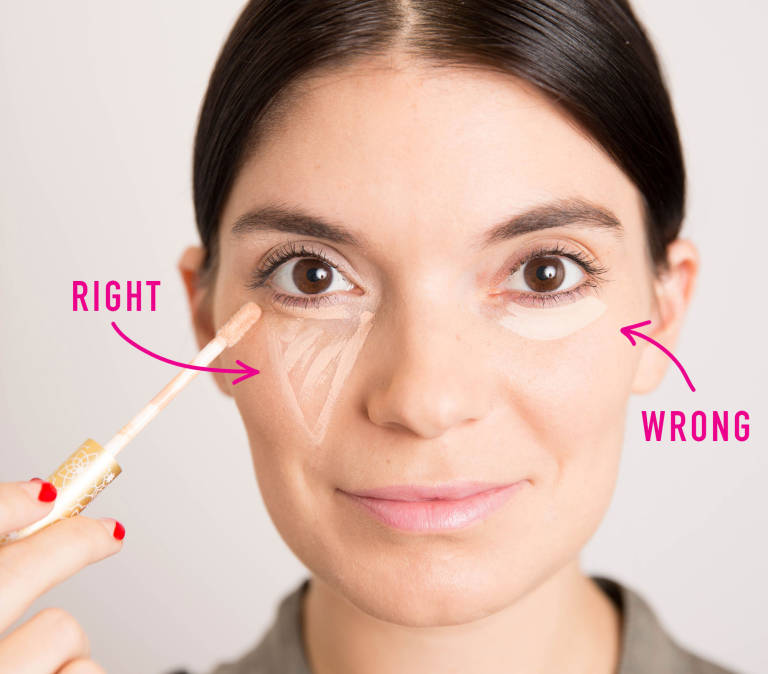You must follow a good skincare routine to keep your skin healthy and glowing. A simple one includes washing, toning, and moisturizing twice a day.

Start with a cleanser that’s suitable for your skin type. For example, if you have acne-prone skin, a foaming cleanser with acne-fighting ingredients like salicylic acid is best. If you have dry skin, look for a cream or lotion that contains hydrating ingredients like hyaluronic acid, glycerin, and botanical oils. Read on Beepothecary to learn more.
Cleansing the skin is an integral part of every skincare routine. It removes dirt, pollutants, excess sebum, and dead skin cells that can clog pores and lead to blemishes like acne and blackheads. Regular cleansing also helps to prevent dryness and dehydration by ensuring that any moisturizers you apply are able to penetrate the skin properly.
If you neglect cleansing or use a cleanser that is too harsh for your skin type, you can damage your complexion and strip your skin of its natural oils. This will not only make your skin look dull and lifeless, but it can also cause irritation, sensitivity, and even breakouts.
For this reason, it is important to use a cleanser that is specially formulated for your skin type. Cleansers are usually categorized by their pH level (which determines how acidic or alkaline they are) and the ingredients that they contain. Ideally, you want to use a cleanser that is close in pH to your skin because this will help to maintain your skin’s natural protective barrier and protect against moisture loss.
A cleanser’s main function is to clean the skin and remove impurities, but it can also be used as an exfoliant and can stimulate blood circulation, which is great for skin health. The best way to use a cleanser is to massage it into your skin and then rinse thoroughly. Be sure to use lukewarm water to avoid stripping your complexion of essential oils and respect the integrity of any active ingredients you may have applied.
Another benefit of cleansing is that it can help to prevent pore-clogging and reduce the appearance of fine lines and wrinkles. This is because a good cleanser can gently exfoliate your complexion, speeding up the natural process of cell turnover and revealing fresh, healthy-looking skin.
Cleansers that contain amino acids are particularly effective because they can strengthen the skin’s protective barrier and improve hydration levels. The Estrella Cleanser Mousse is a great example of this, as it contains glycerin, which is a humectant with impressive moisture-binding capabilities.
Tone
Cleanse, tone and moisturize—these three steps have been at the core of many skincare routines for decades. But is toning really necessary? To answer this, we turned to two experts: Krupa Koestline, a clean cosmetic chemist and founder of KKT Consultants, and dermatologist Corey L. Hartman, MD, founder of Skin Wellness Dermatology in Birmingham, Alabama.
A toner is a water-based liquid that’s usually infused with skin-soothing ingredients like aloe, peppermint or eucalyptus and can be found in different formulas for your specific skin type. While a toner is sometimes mistaken for an astringent—which contains alcohol and helps control oil, but can be harsh and dry out the skin—it’s actually meant to refresh your face and prep it for any serums or treatments you may apply afterward.
There are also toners with exfoliating properties, which can help get rid of dead skin cells that can lead to dullness or clogged pores. And there are hydrating toners that contain ingredients like glycerin and hyaluronic acid, which can help bind moisture to the skin. Toners can also be used to help close the pores after cleansing and remove any last traces of makeup, sebum, sweat or other impurities from your face.
According to the pros, you should use a toner after cleansing and before using any leave-on skincare products like serums or moisturizers. That’s because toners can lower the pH of your skin, which is often more alkaline after using foaming cleansers that are high in surfactants and detergents.
If you’re prone to breakouts, look for a toner with exfoliating ingredients or salicylic acid, which can help fight acne and reduce the appearance of pores. But remember to avoid toners with drying ingredients like alcohol (unless it’s specifically formulated for your skin type), artificial fragrances and preservatives, which aren’t good for the skin or your health.
Covert suggests a nourishing toner that’s free from alcohol, and formulated for your skin type—for example, she loves Versed Baby Cheeks Hydrating Milk Toner which features real rose petals and hyaluronic acid to hydrate the skin. Or try a clarifying toner with exfoliating niacinamide and lactic acid, which can reduce excess oiliness.
Moisturize
Moisturizing is the foundation of any skin care routine. It helps balance the skin, prevents dryness and promotes healthy skin. It also hides other blemishes and wrinkles and evens out the skin tone and texture. It can also help reduce blemishes, including acne and psoriasis by hydrating the cells. Depending on the ingredients in the moisturizer, it can also promote cell turnover and stimulate collagen production. The key is to use a moisturizer that is specifically formulated for your skin type and skin concerns.
For oily or acne-prone skin, a lightweight formula with non-comedogenic ingredients is best. Look for products with exfoliants, vitamin C, and retinol that can help improve the appearance of fine lines and wrinkles. Antioxidants and anti-inflammatory ingredients can also be helpful in improving the appearance of enlarged pores, acne scars and reducing redness and irritation.
In general, all skin types benefit from moisturizing the skin. It is important to moisturize after washing, showering and exfoliating. This allows the skin to absorb the moisture and locks it in, preventing dehydration. Moisturizing also provides a protective barrier from harsh environmental changes, harmful UV rays and other common skin irritants.
The most sensitive areas of the skin – the face, ears, neck and chest – need moisture to maintain their protective layer. This is because these areas shed skin cells more often than other parts of the body. In addition, they are also the highest-risk areas for developing skin cancer. Daily moisturizing can help protect these areas against extreme dryness and itchiness and keep them healthy and radiant. Moisturizing also promotes cellular turnover and stimulates collagen production which helps to minimize fine lines and wrinkles, tighten the skin and make it more firm.
Sunscreen
Sunscreen is one of the most important products we can use to protect our skin. A broad-spectrum sunscreen (protects against UVA and UVB rays) can help to minimize signs of early ageing and reduce the risk of skin cancer, particularly when used in combination with other sun protection measures.1
Most dermatologists agree that everyone should wear a broad-spectrum sunscreen every day. There are a number of different formulations, including lotion, cream and stick, that work for all skin types and ethnicities. There are also options that are specifically formulated for those who have acne-prone or sensitive skin, and some that offer antiaging benefits.
Some physical sunscreens contain minerals, such as zinc oxide and titanium dioxide, which create a barrier between your skin and the sun. This type of sunscreen often has a white tint that may not look ideal for darker skin tones, although there are now tinted formulas that can help to reduce the appearance of blemishes and discoloration. Chemical sunscreens work by using organic compounds that partially reflect or absorb the UV rays that cause sunburn and other damage. Most sunscreens contain a mixture of different UV filters because each offers protection against the sun’s harmful rays at different wavelengths.
Recent research has shown that certain UVA rays, as well as some visible and infrared light, can have negative effects on our skin, such as oxidative stress, accelerated skin ageing, suppressed skin healing, discoloration and decreased elasticity. Some sunscreens have been formulated to address these concerns by adding antioxidants and other ingredients that can help to protect against both UVA and UVB rays.
An increasingly popular ingredient in many sunscreens is niacinamide, an effective pore-refiner that can improve the appearance of blemishes, discoloration and uneven skin tone. This ingredient is also found in some sunscreens that are labelled as “anti-aging” because of its ability to slow the development of wrinkles and fine lines. In terms of how to choose a sunscreen, it is always best to look for one with a broad spectrum SPF 30 or higher. Other important factors include the type of packaging (e.g., tube or spray) and the inclusion of any additional beneficial skin care ingredients.






